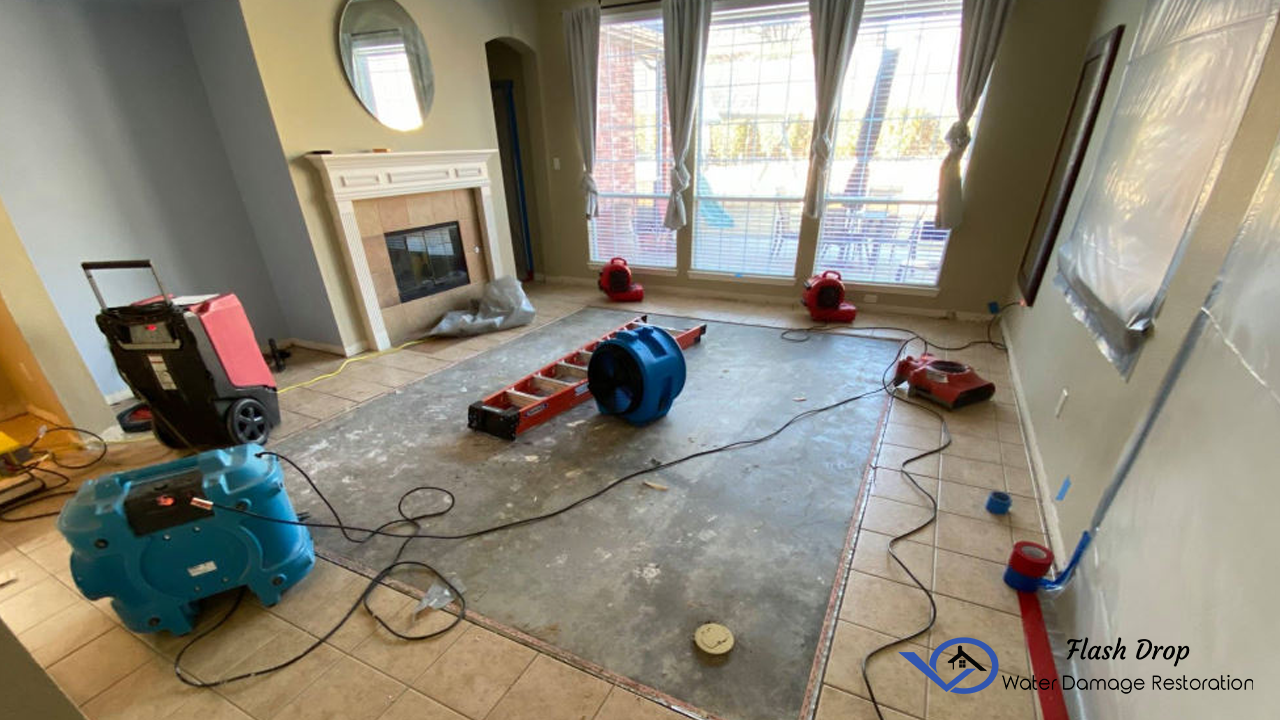Assessing the Extent of Water Damage in Your Property
Water damage can be a distressing experience for homeowners and property owners. Whether caused by a burst pipe, a leaky roof, or a natural disaster, assessing the extent of water damage is crucial for effective restoration and minimizing further complications. In this article, we will explore the key steps to assess the extent of water damage in your property, helping you understand the severity of the situation and determine the appropriate course of action.
Ensure Safety First
Before assessing the water damage, prioritize your safety and take necessary precautions. Turn off the electrical power to the affected area to avoid the risk of electric shock. Wear protective gear, such as gloves and boots, to protect yourself from contaminants in the water. If the water level is significant or if you suspect structural damage, it is advisable to seek professional assistance.
Document the Damage
Start by documenting the water damage for insurance purposes and future reference. Take photographs or videos of the affected areas, capturing the extent of the damage. Make a detailed inventory of damaged items, including furniture, appliances, and personal belongings. This documentation will assist you in filing an insurance claim and provide evidence of the damage during the restoration process.
Assess Visible Damage
Carefully inspect the visible areas affected by water damage. Look for signs of water intrusion, such as damp walls, ceilings, and floors. Check for discoloration, peeling paint or wallpaper, and swollen or warped materials. Pay attention to any visible mold growth, as it indicates prolonged exposure to moisture. Additionally, assess the condition of furniture, carpets, and other porous materials that may have absorbed water.
Check for Hidden Damage
Water can penetrate hidden spaces, causing damage that may not be immediately visible. Check behind walls, under carpets, and in crawl spaces for signs of water damage. Use a moisture meter to detect hidden moisture levels in building materials. Pay special attention to areas with limited airflow, as they are prone to mold growth. If you suspect hidden damage or if the water damage is extensive, it is advisable to seek professional assistance.
Evaluate Structural Integrity
Assess the structural integrity of your property. Water damage can weaken building materials, compromising the stability of walls, floors, and ceilings. Look for signs of sagging, bowing, or cracks in these areas. Pay attention to unusual odors, as they may indicate hidden water damage or mold growth. If you notice any structural issues or have concerns about the safety of your property, consult a professional structural engineer or a water damage restoration company.
Consider Secondary Damage
Water damage can lead to secondary issues if not addressed promptly. Mold growth is a common problem associated with prolonged exposure to moisture. Look for signs of mold, such as musty odors, visible growth, or allergic reactions among occupants. Mold can spread quickly, causing further damage to your property and posing health risks. If you suspect mold growth, it is essential to engage professionals for proper remediation.
Conclusion
Assessing the extent of water damage in your property is a critical step in the restoration process. By following these steps, you can evaluate the visible and hidden damage, document the affected areas, and identify potential structural issues. Remember to prioritize safety and seek professional assistance when necessary. Assessing the extent of water damage allows you to develop an appropriate restoration plan, initiate timely repairs, and minimize the long-term impact on your property.
Find Flash Drop Water Damage Restoration & Mold Removal
Flash Drop Water Damage Restoration & Mold Removal
16602 Barneston St, Granada Hills, CA 91344
7GM4+PP Granada Hills, Los Angeles, CA
1 (818) 572 4070



.jpg)
Comments
Post a Comment